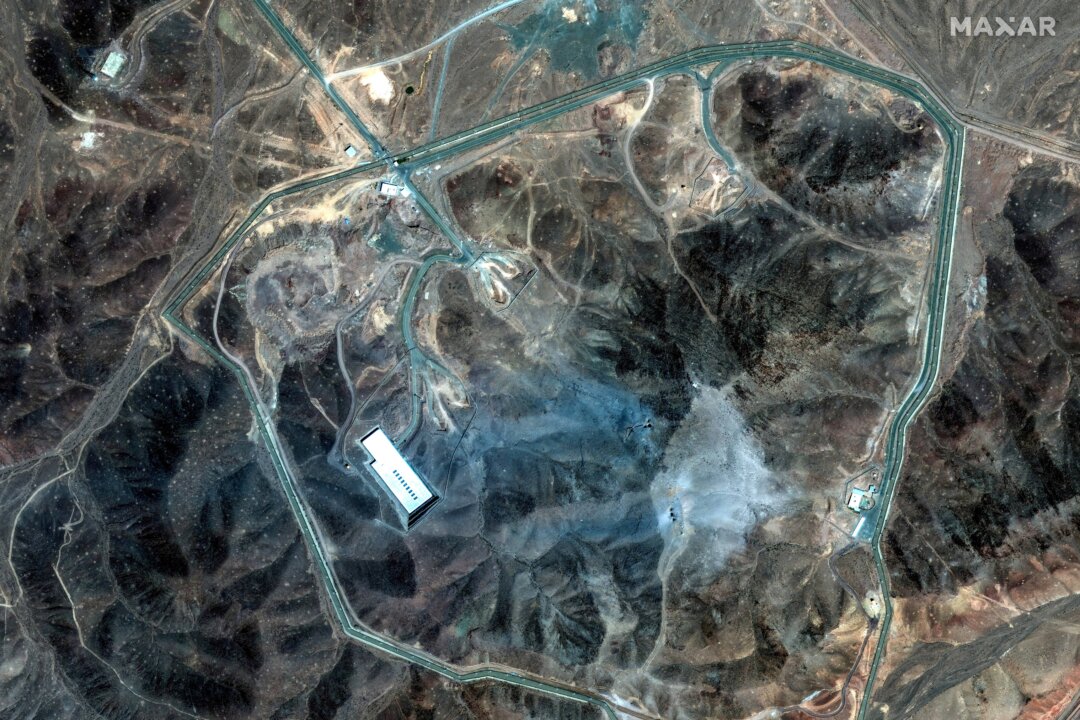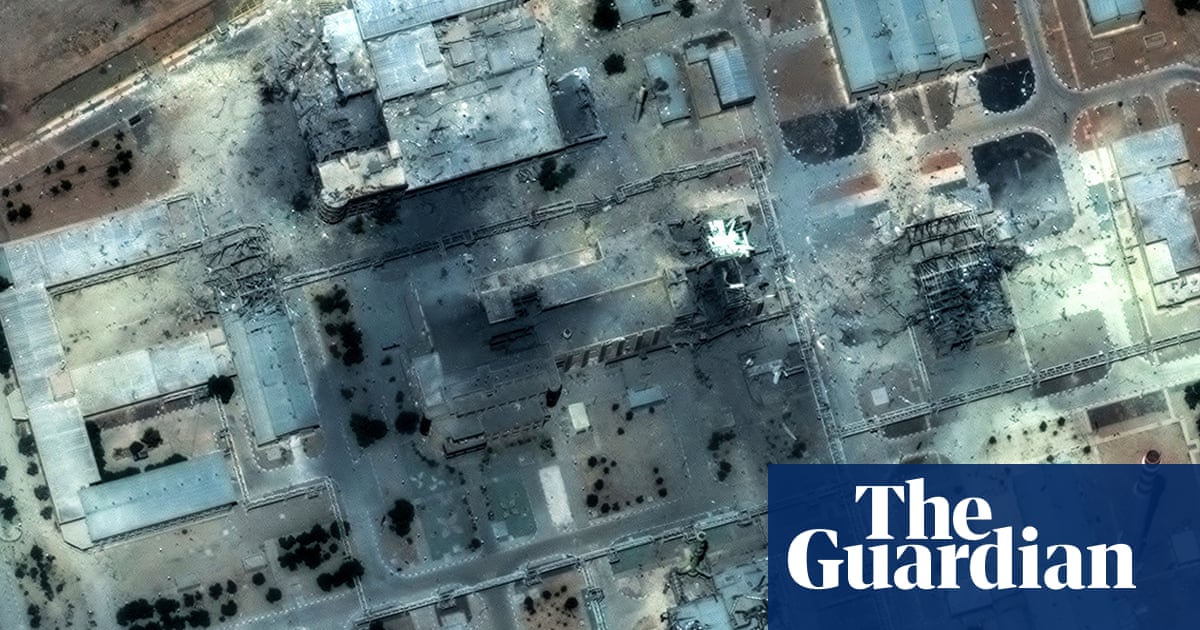US Military Strikes Delay Iran's Nuclear Program Progress
Pentagon intelligence indicates that recent US military strikes have postponed Iran's nuclear program advancements by one to two years.
Subscribe to unlock this story
We really don't like cutting you off, but you've reached your monthly limit. At just $5/month, subscriptions are how we keep this project going. Start your free 7-day trial today!
Get StartedHave an account? Sign in
Overview
- Recent US military strikes targeted Iran's nuclear facilities.
- Pentagon assessments suggest a delay of one to two years in Iran's nuclear program.
- The strikes were part of ongoing tensions between the US and Iran.
- This action reflects the US's commitment to curtailing nuclear proliferation.
- The situation continues to evolve, with potential implications for international relations.
Report issue

Read both sides in 5 minutes each day
Analysis
Analysis unavailable for this viewpoint.
Articles (4)
Center (1)
FAQ
The US military strikes targeted the Fordow Uranium Enrichment Plant, the Natanz Nuclear Facility, and the Isfahan Nuclear Technology Center in Iran.
Pentagon intelligence assessments estimate that the US military strikes set back Iran's nuclear program by one to two years, with some officials suggesting closer to two years.
The US operation involved more than 125 aircraft including stealth bombers (B-2 Spirits), fighters, aerial refueling tankers, and a guided missile submarine that fired Tomahawk cruise missiles. The bombers dropped fourteen GBU-57A/B Massive Ordnance Penetrator bunker-buster bombs.
The strikes received mixed reactions: congressional Republicans largely supported the action, while many Democrats and some Republicans raised constitutional and strategic concerns; internationally, some leaders welcomed the move to disable Iran's nuclear program, whereas others condemned it or worried about escalation.
Iran retaliated by attacking a US base in Qatar shortly after the US strikes on its nuclear facilities.
History
- This story does not have any previous versions.




